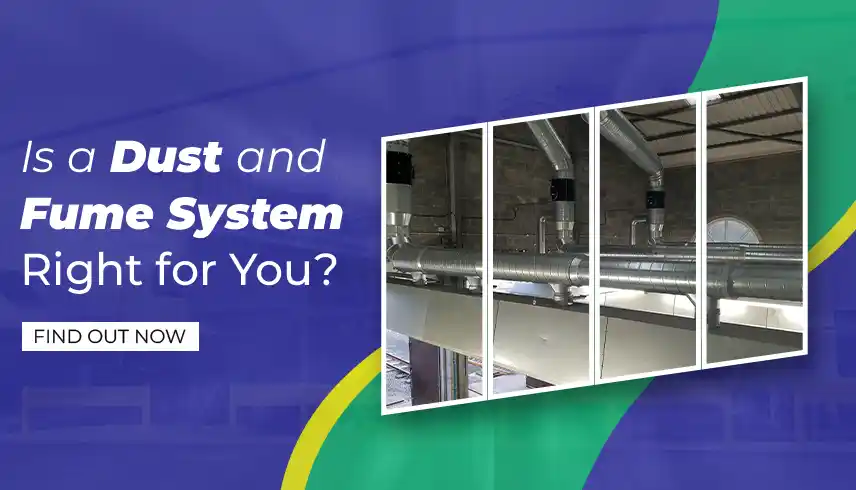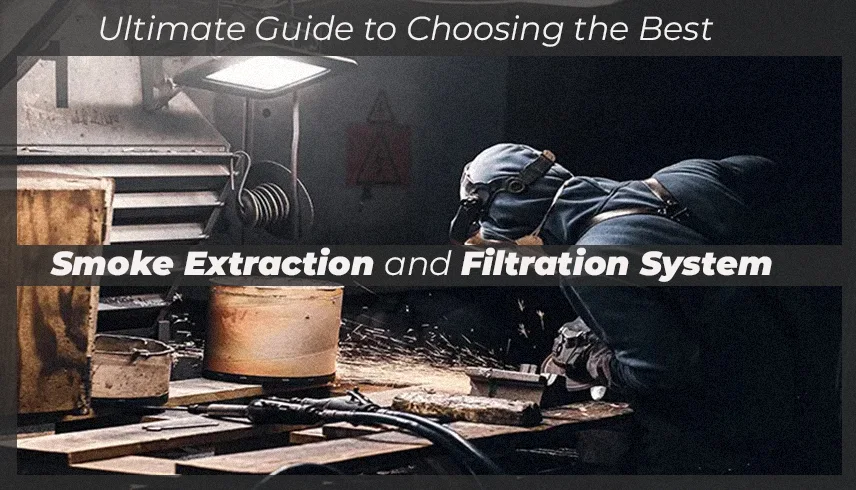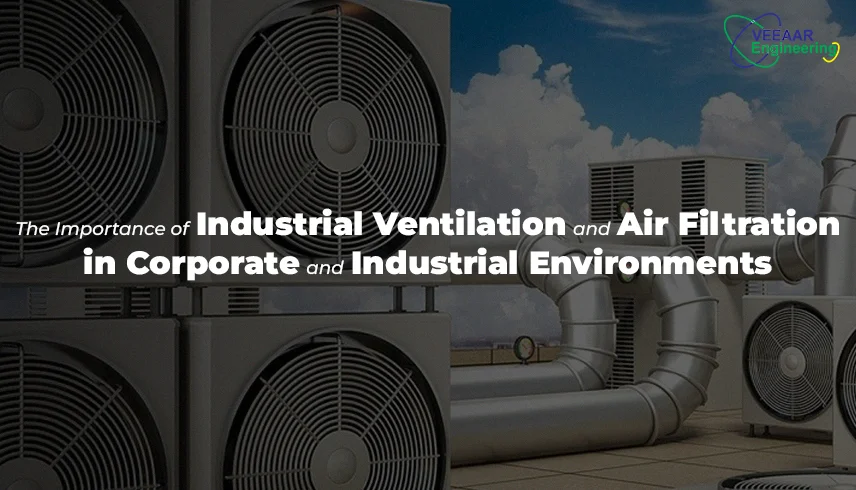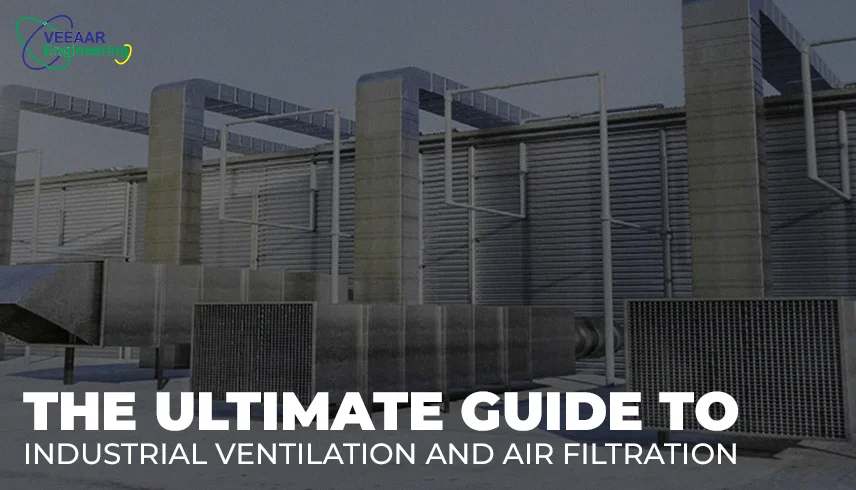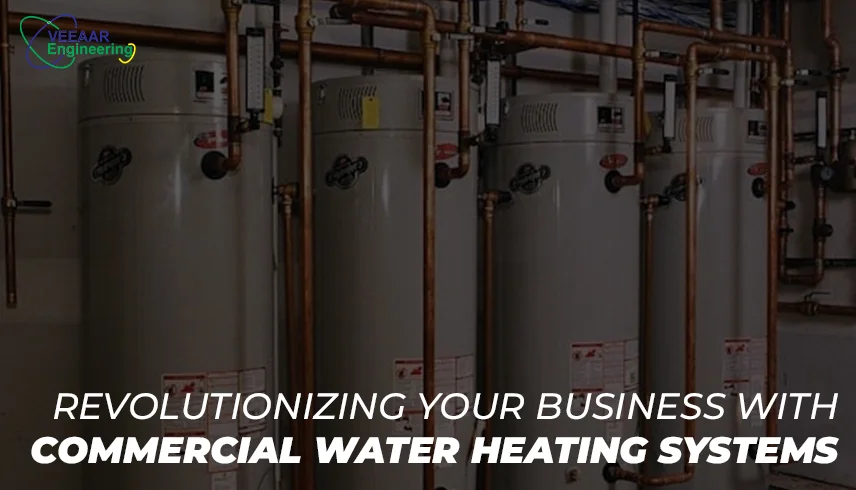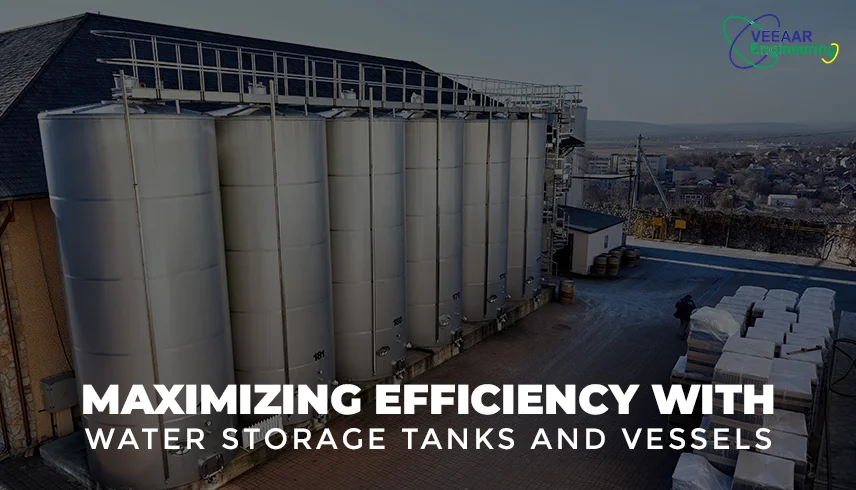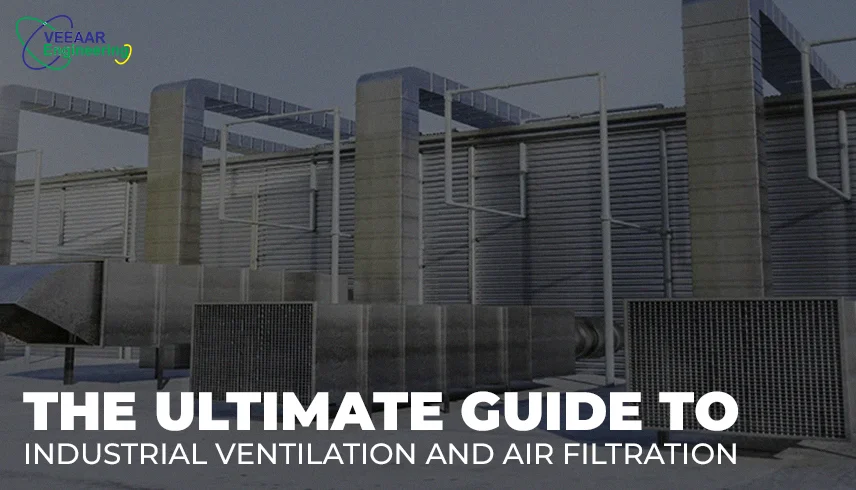
- VRD CREATIVE
- May 17, 2024
In industrial settings, proper ventilation and air filtration are essential for maintaining a safe and healthy work environment. Poor indoor air quality can lead to a variety of health issues for employees, as well as damage to equipment and products. In this ultimate guide, we will explore the importance of industrial ventilation and air filtration, as well as the various systems and technologies available to achieve optimal air quality.
Why is Industrial Ventilation Important?
Industrial ventilation plays a crucial role in removing contaminants and pollutants from the air within a facility. Without proper ventilation, these harmful substances can accumulate to dangerous levels, posing a threat to the health and safety of workers. In addition, proper ventilation helps regulate temperature and humidity levels, creating a more comfortable and productive work environment.
What are the Benefits of Air Filtration?
Air filtration is another key component of maintaining good indoor air quality in industrial settings. Filtration systems trap particles and pollutants, preventing them from circulating throughout the facility. This not only protects the health of employees but also helps to extend the life of equipment and machinery by reducing the build-up of dust and debris.
Types of Industrial Ventilation Systems
There are several types of industrial ventilation systems available, each with its own advantages and applications. Some of the most common include:
1. Local Exhaust Ventilation (LEV)
Local exhaust ventilation systems capture and remove contaminants at the source before they have a chance to disperse into the surrounding air. These systems are often used in areas where pollutants are generated, such as welding stations or chemical processing areas.
2. Dilution Ventilation
Dilution ventilation involves mixing contaminated air with clean, outdoor air to reduce the concentration of pollutants. This method is often used in larger spaces where local exhaust ventilation may not be feasible.
3. General Ventilation
General ventilation systems are designed to circulate air throughout an entire facility, ensuring a consistent supply of fresh air. These systems are essential for maintaining overall air quality and comfort levels in industrial settings.
Air Filtration Technologies
Various technologies are used in air filtration systems to remove particles and contaminants from the air. Some common filtration methods include:
1. HEPA Filters
High-Efficiency Particulate Air (HEPA) filters are capable of trapping particles as small as 0.3 microns, making them highly effective at removing airborne pollutants.
2. Activated Carbon Filters
Activated carbon filters are designed to adsorb volatile organic compounds (VOCs) and odors, providing an additional layer of filtration beyond traditional particulate filters.
3. Electrostatic Precipitators
Electrostatic precipitators use an electrical charge to attract and capture particles, making them an effective option for removing fine particulates from the air.
Considerations for Designing an Industrial Ventilation System
When designing an industrial ventilation system, several factors must be taken into account to ensure optimal performance. These include:
- The type and level of pollutants present in the facility
- The size and layout of the space
- The airflow requirements of equipment and processes
- Compliance with relevant safety and environmental regulations
By carefully considering these factors, a well-designed ventilation system can effectively remove pollutants and provide a healthy indoor environment for workers.
Industrial ventilation and air filtration are essential components of maintaining a safe and healthy work environment in industrial settings. By understanding the importance of these systems and the various technologies available, businesses can ensure the well-being of their employees and the longevity of their equipment. If you're looking to improve indoor air quality in your facility, consider implementing an industrial ventilation and air filtration system to achieve optimal results.
Connect with us to get daily updates on Air & Water management systems.
